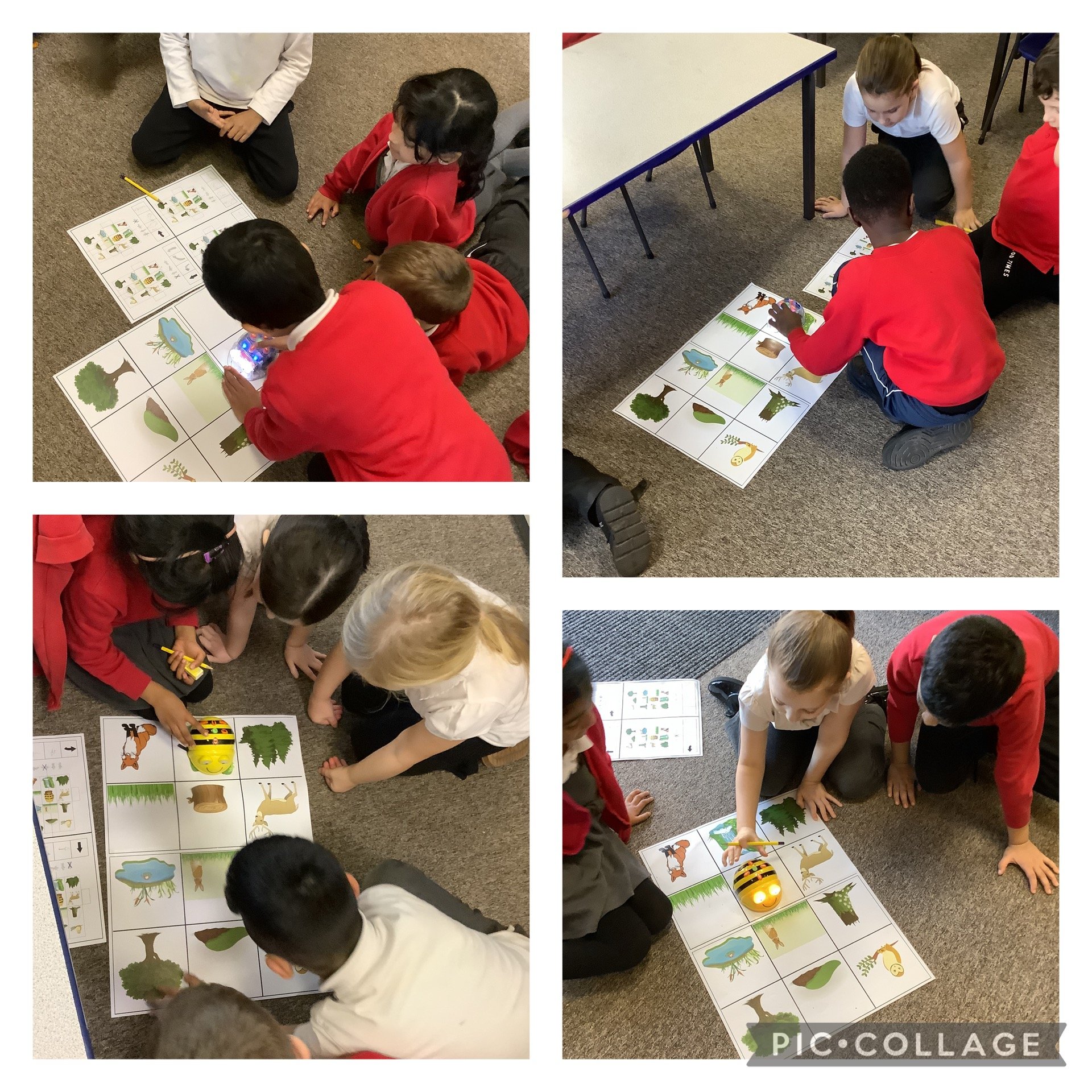
Computing
Computing Overview
Computing is a rapidly changing and developing part of our lives. We aim to use this powerful tool to provide the children at St. Werburgh’s with active learning experiences across the curriculum. Children use word processing multimedia skills, photo editing, animation video, sound/podcast composition, research skills, online communication and programming.
With a wide range of electronic equipment, we are able to develop our children’s skills, knowledge, safety and independence in Computing.
We aim to develop our children’s skills and confidence to access the wider world of communication whilst remaining safe. Internet safety, therefore, is an important part of the curriculum and children work towards keeping themselves safe at school and at home.
EYFS - There are no specific Development Matters statements or Early Learning Goals for Computing.
Children will be shown how to use age-appropriate apps on the iPad.
Children will be given opportunities to complete simple coding programs.
Children will use the painting tools to create their own pictures.
Children will use the camera to take pictures.
During topics, we will use the internet to research the topic. Children will be shown how the internet can give us information.
Class Dojo is used to communicate with parents.
KS1 - Through the use of the Teach Computing curriculum, children will be taught how to:
understand what algorithms are; how they are implemented as programs on digital devices; and that programs execute by following precise and unambiguous instructions
create and debug simple programs
use logical reasoning to predict the behaviour of simple programs
use technology purposefully to create, organise, store, manipulate and retrieve digital content
recognise common uses of information technology beyond school
use technology safely and respectfully, keeping personal information private; identify where to go for help and support when they have concerns about content or contact on the internet or other online technologies.
KS2 - Through the use of the Teach Computing curriclum, children will be taught how to:
design, write and debug programs that accomplish specific goals, including controlling or simulating physical systems; solve problems by decomposing them into smaller parts
use sequence, selection, and repetition in programs; work with variables and various forms of input and output
use logical reasoning to explain how some simple algorithms work and to detect and correct errors in algorithms and programs
understand computer networks including the internet; how they can provide multiple services, such as the world wide web; and the opportunities they offer for communication and collaboration
use search technologies effectively, appreciate how results are selected and ranked, and be discerning in evaluating digital content
select, use and combine a variety of software (including internet services) on a range of digital devices to design and create a range of programs, systems and content that accomplish given goals, including collecting, analysing, evaluating and presenting data and information
use technology safely, respectfully and responsibly; recognise acceptable/unacceptable behaviour; identify a range of ways to report concerns about content and contact.



